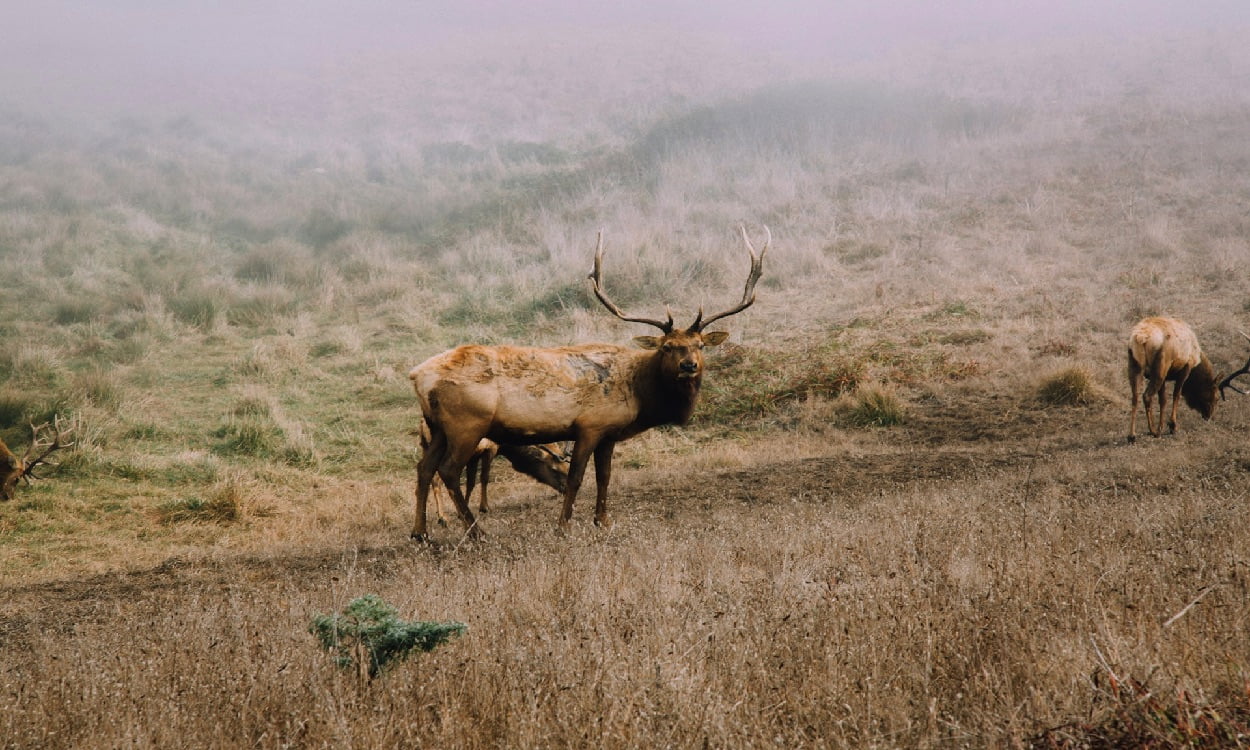
Introduction
Deer velvet is a strange and mystical product made from young deer antlers. The history of deer velvet, stretching over hundreds of years, has been interesting and varied. Revered both for its putative health-related benefits and traditional medicinal usages, the story of deer velvet testifies to human-nature interaction through the ages. In this article, we go back in time to trace the history of deer velvet-from the ancient rituals it was used in to modern times and science applied to it.
Ancient History of Deer Velvet
The history of the deer antler velvet product is deeply rooted in ancient times in Asia, where it was valued for its medical properties. In TCM, “Lu Rong” or deer velvet has been consumed for over two thousand years. Ancient texts such as the “Shennong Ben Cao Jing” record its application for enhancing vitality and sexual function to promote general well-being.
Deer velvet also featured in Korean traditional medicine, “Nokyong.”, wherein this was believed to possess powerful regenerating effects and was therefore the choice of the Korean royalties and upper class.
Role of New Zealand
While the use of deer velvet was embraced throughout Asia, it is to New Zealand that the modern commercialization and global distribution can be attributed. New Zealand responded in the early part of the 20th century by creating deer farming: a means to help control deer numbers and harvest antlers for several uses, one being the extraction of velvet.
Farming deer eventually became an important industry in New Zealand, and it soon became one of the world’s leading producers of deer velvet. Due to the unique environmental conditions and lush pastures in New Zealand, the country provided an ideal setting for deer farming. This was a warranty that the quality and purity of the velvet would be ensured.
The Growth of Scientific Research
Scientific research in deer velvet started to grow in the latter half of the 20th century. This was because the scientific community started taking a deeper look at deer velvet’s probable health benefits and numerous bioactive components. As such, several of the identified bioactive components beneficial for growth factors, amino acids, minerals, among others, which arguably confer its therapeutic benefits, were isolated and characterized.
Modern Uses and Research
Because of the good effects that might be used for a lot of health problems, from improved joint health to reduction in inflammation, deer velvet has taken its place in modern medicine and alternative medicine. A number of other active biological principles of deer velvet – IGF-1 (insulin-like growth factor-1) and chondroitin sulphate – are of interest to researchers.
Joint Health: Recently, it has become a popular natural canine joint supplement for treating various joint-related conditions, especially osteoarthritis. It is postulated from various studies that chondroitin sulphate and other deer velvet components build cartilage to exert beneficial effects on joint health by improving functioning and reducing pain.
Performance in Athletics: A few athletes and people who engage in much body workout have explored deer velvet as a potential natural enhancer of performance. The presence of IGF-1, one of the growth factors involved in the development and recovery of muscles, has attracted interest in possible benefits among athletes.
Immune Support: Deer velvet is also said to have properties that support one’s immune system. Certain compounds in deer velvet include selenium, zinc, and antioxidants that might help contribute to a strengthened immune system.
Cultural Significance
But even now, despite all its modern uses and scientific research, deer velvet has not lost its cultural significance and in Asia, for instance, is used in traditional medicine as well as is a symbol of health and longevity. Due to deer farming, New Zealand receives an essential part of the country’s cultural heritage and one of the factors of economic well-being.
Conclusion
Thus, the history of deer velvet testifies to human interaction with nature. From traditional medicine uses to modern-day uses in scientific research and health supplements, deer velvet has stood the test of time. Its journey-from ritualistic uses through to globalization-commercialization-represents both the timeless appeal and potential of the ingredient as a natural elixir for the greater good of human health.
